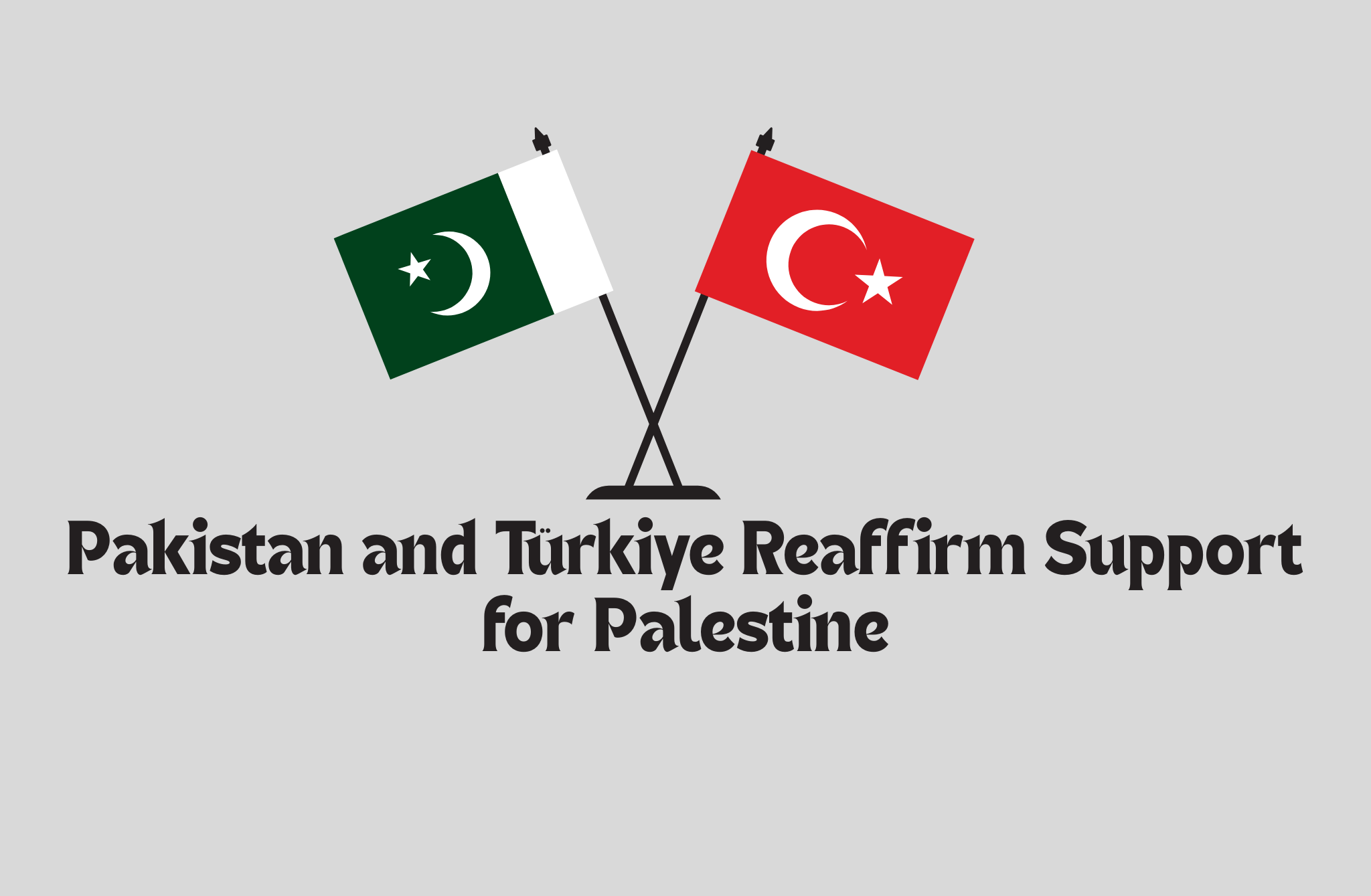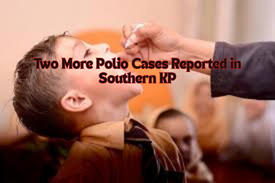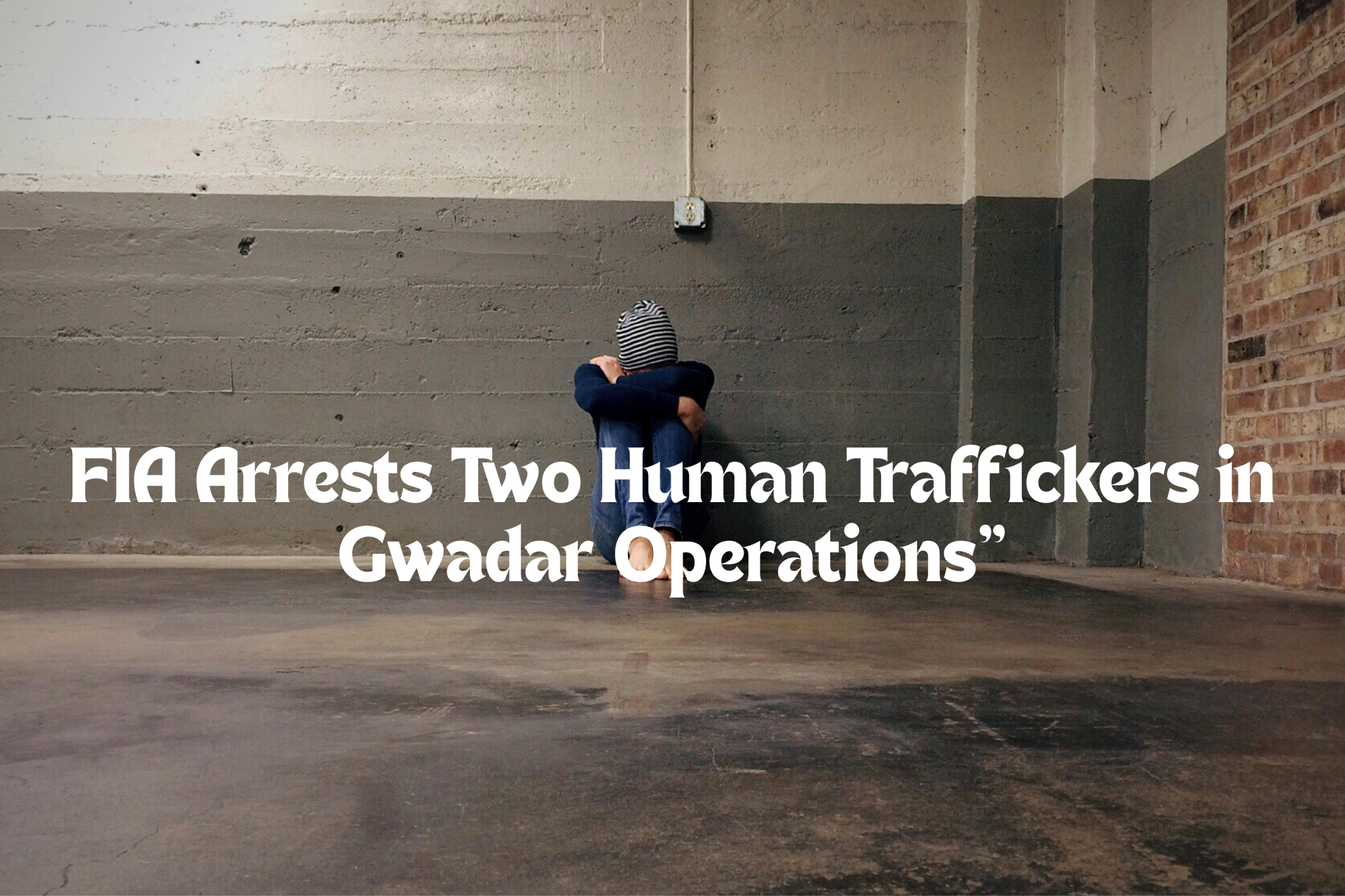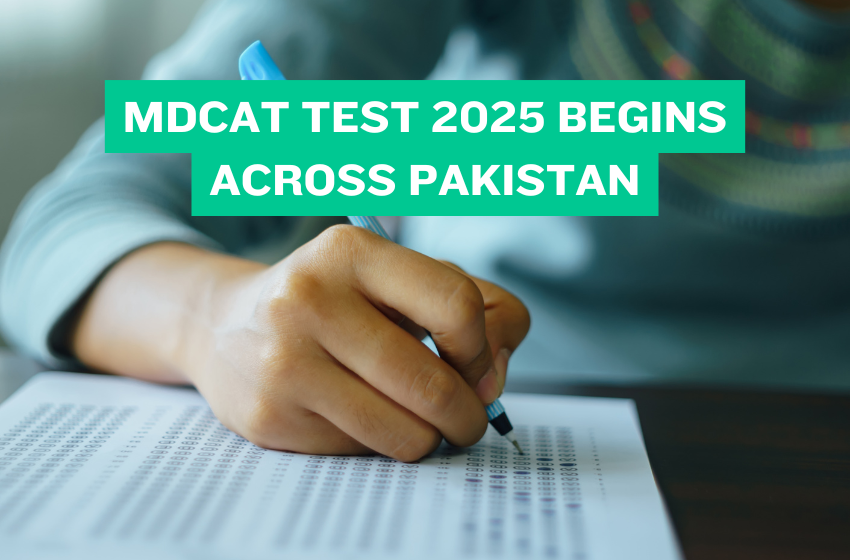The social problems of Pakistan affect millions of people every day. These problems change the way society works, slow down growth, and block progress. They touch families, harm communities, and stop the nation from reaching its true potential.
Pakistan has a rich history, strong culture, and valuable resources, yet many serious issues still exist. Poverty, unemployment, illiteracy, gender inequality, and poor healthcare trouble millions daily. These challenges make life harder for the people and weaken the country’s future.
To understand them better, we must look at their causes, their effects, and possible solutions. Solving them is not simple, but it is possible through awareness, education, fair policies, and united action.
Current Social Problems of Pakistan
When we look at the current social problems of Pakistan, we find a mix of economic and social challenges. Inflation keeps rising, and daily items become more costly for families. Many people cannot afford food, fuel, or rent. Poverty grows because incomes do not match the rising prices. Unemployment adds to the crisis. Young people complete their studies but still struggle to find jobs. This creates frustration and hopelessness in society.
At the same time, the education system remains weak. Millions of children do not attend school, while many schools lack teachers, books, and proper facilities. Healthcare also faces a crisis. Public hospitals often lack doctors, medicines, and equipment, leaving poor families without proper treatment. Corruption makes these issues worse because resources do not reach the people.
Pakistan also faces energy shortages, food insecurity, and climate-related disasters like floods and droughts. These problems affect everyday life, slow down growth, and block the nation’s progress.
Read Also: Foreign Investment in Pakistan Drops by 22%
5 Major Problems of Pakistan
If we look closely, we can point out the 5 major problems of Pakistan that impact society the most:
1. Poverty and Unemployment
Poverty remains one of the most serious social problems of Pakistan. Millions of people live below the poverty line and struggle to meet basic needs. Families cannot afford proper food, safe housing, or education for their children. Inflation makes their lives harder, as prices rise daily while incomes stay low. Many poor families reduce meals or send children to work instead of school just to survive.

Recent reports show the scale of this crisis. The World Bank estimates that 44.7% of Pakistan’s population, about 107.95 million people, now live below the poverty line of US$4.20 per person per day. Another study notes that poverty reached 42.4% in fiscal year 2025, pushing nearly 1.9 million more people into hardship.
Unemployment adds to the problem. Around 6.3% of the population, or 4.51 million people, remain jobless. Youth face the hardest challenge, with unemployment reaching 11.1% among those aged 15–24.
2. Illiteracy and Poor Education
Education remains the backbone of any nation. Pakistan still suffers from weak education. Many children, especially girls, never go to school. Large numbers leave school early when families face poverty.

The national literacy rate stands around 60–61%. Male literacy runs at about 68%, while female literacy lags at 52–53%. Rural areas see much worse numbers. Urban literacy reaches about 74%, but rural areas fall to 51%.
The situation for girls remains troubling. About 13.71 million girls are still out of school. They suffer more than boys in access. Schools for girls often have very poor buildings. Many lack electricity, safe toilets, or clean drinking water.
Without proper education, young people cannot build better futures. They find fewer job chances. They stay stuck in poverty. This lack of schooling keeps the cycle alive across generations.
3. Corruption in Institutions
Corruption infects many institutions in Pakistan. It touches education, health, justice, and public services. People pay bribes to get jobs, documents, and permits. Poor families suffer most when they must pay extra just to access basic services.

Recent surveys show how deep corruption runs. The National Corruption Perception Survey (NCPS) 2023 by Transparency International Pakistan ranks the police as the most corrupt institution (30%), tendering and contracting next (16%), and the judiciary third (13%).
Citizens report that the average bribe for judicial services stands around Rs 25,846. In Khyber Pakhtunkhwa, people pay even more, up to Rs 162,000, to access the judiciary.
Corruption also damages the health and education sectors. The NCPS places education 4th and health 5th among the most corrupt institutions. This makes poor people avoid public hospitals and schools because facilities, medicines, and services often lack quality.
Corruption wastes public funds and weakens trust. People lose faith in government when they see that laws apply differently to the rich and powerful. This makes solving social problems harder and slows progress for all.
4. Gender Inequality and Violence
Gender inequality remains one of the serious social problems of Pakistan. Women in many areas do not enjoy equal rights. They face many barriers in education, work, and decision-making. Early marriage and domestic violence happen too often.
Only about 46.5% of women aged 15 and older are literate, compared to about 69.3% of men. Many girls do not complete secondary school. In Balochistan, for example, very few girls finish middle or high school. Women also suffer violence. About 27% of women in Pakistan experience intimate partner or domestic violence in their lifetime.

Women join the workforce at much lower rates than men. Only about 24% of women aged 15–64 work, compared with over 80% of men in the same age group. They often earn less and remain excluded from leadership positions. Discrimination, unsafe travel, and social norms limit their mobility and choices.
When half of the population cannot contribute equally, the country loses its potential. Pakistan must empower women to change many social issues.
5. Weak Healthcare System
Healthcare remains a serious issue in Pakistan. Many hospitals lack enough doctors, medicines, and equipment. Rural areas often have no hospitals or only small clinics. Poor families cannot afford private care when public hospitals fail them.

Pakistan faces a shortage of health professionals. It has roughly one doctor per 1,300 people, well below the World Health Organization’s recommendation. Public health spending stays very low, around 0.5% to 1% of GDP.
Maternal and child health also suffer. The maternal mortality ratio dropped from 276 to about 186 deaths per 100,000 live births, but provinces like Balochistan still report 298 deaths per 100,000. Many pregnant women live far from clinics or travel many hours for help.
Diseases like malaria, hepatitis, and dengue spread because people cannot access care quickly. The COVID-19 pandemic revealed serious gaps in health service delivery, hospital capacity, and emergency response. A healthy nation depends on strong healthcare. Right now, Pakistan struggles to provide it.
Youth Issues in Pakistan
Young people form a large share of Pakistan’s population. They represent hope and energy. But many face serious problems that limit their futures.
First, unemployment hits youth hard. About 11.1% of those aged 15-24 remain jobless. In Punjab province, youth unemployment sits at 6.69%, with higher rates for females (around 8.3%) than males. Many graduates cannot find jobs matching their education level. They earn low wages or work in fields far from their skills.
Second, many young people do not get enough education or proper skills training. Mismatch between what schools teach and what work demands creates gaps. This gap forces youth to struggle to compete in job markets.
Third, youth in Pakistan suffer from mental health problems. Surveys report rising anxiety, depression, and burnout. Many students feel pressure from family, studies, or a lack of opportunities. Institutions rarely offer good counseling or emotional support.
Fourth, drug use and lack of opportunities also grow. Some young people lose hope. They turn to risky behavior or unhealthy ways to escape stress.
Youth need platforms to express their skills. They need jobs, training, and guidance. Without these, frustration grows and harms not only youth but also society at large.
Climate Change and Environmental Issues
Pakistan faces severe climate change effects every year. The country suffers floods, droughts, and heatwaves that displace millions. Natural disasters destroy homes, crops, and lives.

In 2022, extreme monsoon flooding submerged roughly a third of the country, killed over 1,700 people, and damaged billions of dollars in cropland and infrastructure. The floods pushed nearly nine million people into poverty.
Heatwaves also take lives. In the summer months, many regions report temperatures above 45-48°C. These heat spikes kill people, spoil crops, and strain electricity and water supplies. Glaciers in northern Pakistan melt faster now. Uncontrolled melting leads to flash floods and damage to roads and villages.
Air pollution makes things worse. Pakistan ranks as the third most polluted country in 2024, with average fine particulate matter (PM2.5) close to 73.7 µg/m³, over 14-15 times above the WHO’s safe limit. Cities like Lahore, Peshawar, and Islamabad experience dangerous smog, and pollution cuts life expectancy by about 3.9 years on average.
Waste management and pollution of water also harm health. Pakistan produces nearly 49.6 million tonnes of solid waste yearly. Authorities collect only 60-70% of that. They recycle a tiny fraction. Untreated wastewater enters rivers and dams. Millions suffer from waterborne illnesses due to poor sanitation.
Pollution, climate shocks, and weak systems act together. They damage health, disrupt farming, block roads, and ruin homes. They also deepen poverty and force migration. Pakistan needs strong policies, better planning, and community response to face these challenges.
Possible Solutions
Solving social problems needs teamwork. Here are some possible steps:
- Invest in education and make it free for all.
- Create more job opportunities, especially for youth.
- Empower women with equal rights and safety.
- Fight corruption with strict laws.
- Improve healthcare with better hospitals and training.
- Address climate change with strong policies.
Change will not come overnight. But small steps can create big impacts over time.
Final Thoughts
The social problems of Pakistan are many and serious. They affect every part of life. But they are not impossible to solve. With strong leadership, community support, and proper policies, the nation can move forward. Pakistan has talent, resources, and hope. What it needs is action and unity.
FAQs
What are the Major Social Problems in Society?
Social problems exist in every country. In Pakistan, these problems are more serious due to weak governance and poor planning. Major issues include:
- Poverty forces families to live without basic needs.
- Child labor takes away children’s right to education.
- Gender inequality that limits women’s opportunities.
- Corruption that blocks justice.
- Illiteracy that stops growth.
These problems affect both urban and rural areas. They create division and unrest in society.
What are the Four Factors of Social Issues?
Social issues often arise due to four main factors:
- Economic factors: Poverty, unemployment, and inflation.
- Cultural factors: Traditions that limit progress, like child marriage.
- Political factors: Corruption and weak governance.
- Environmental factors: Natural disasters, pollution, and climate change.
These factors connect with each other. For example, poverty (economic) may stop education (cultural), which later affects governance (political).
What are the Four Stages of a Social Problem?
Social problems usually pass through four stages:
- Emergence: People first notice the issue.
- Legitimacy: Society accepts it as a real problem.
- Mobilization: Groups and organizations start working on solutions.
- Formation of policies: Governments and institutions create laws or reforms.
In Pakistan, many problems remain stuck in the first two stages. This is why change is slow.
What are the Three Types of Social Problem Theories?
Experts study social problems using three main theories:
- Structural-functional theory: Problems exist because society fails to perform its roles.
- Conflict theory: Problems arise from inequality and power struggles.
- Symbolic interaction theory: Problems depend on how society defines them.
These theories help us understand why issues exist and how to solve them.
What is the Biggest Social Issue We Are Facing Today?
Many people ask: What is the biggest social issue Pakistan faces today? While there are many, poverty stands out. Poverty feeds other problems like crime, child labor, and poor health.
If poverty is reduced, other issues will also improve. This is why leaders must focus on job creation, education, and equal opportunities.










